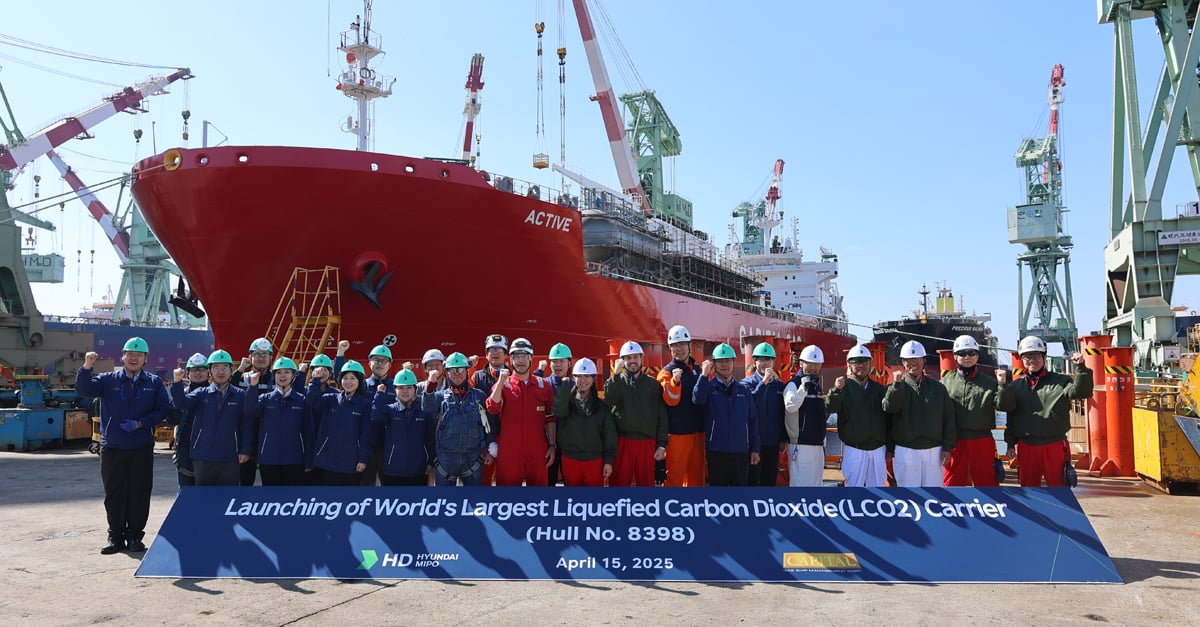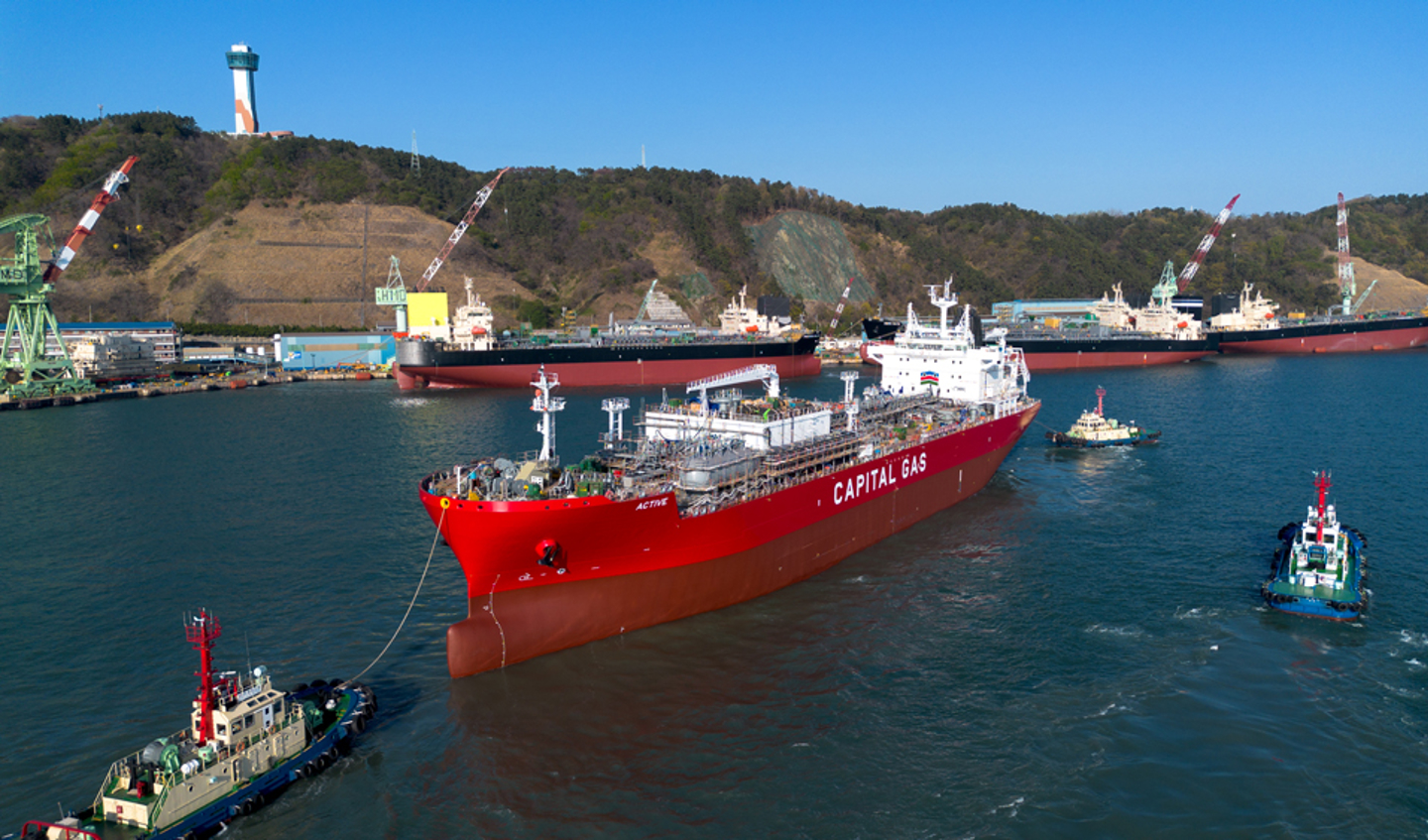The four vessels are being built in preparation for the nascent CO₂ chain to develop. In the interim period the vessels are also capable of transporting LPG and ammonia. This flexibility enhances their commercial viability by allowing operators to switch between cargoes based on market demand.
The vessels are also able to carry two different types of cargo at the same time, further enhancing their commercial appeal.
Here Navarro emphasises the importance of installing a sophisticated multifunctional cargo handling system (CHS). “The CHS being installed on the vessels is designed by Babcock LGE, to safely and efficiently manage a diverse range of cargoes, including more hazardous ones like ammonia,” he notes.
“All the relevant design and safety features across the ship's infrastructure have been incorporated so that it is safe to handle more toxic cargoes like ammonia, for high standards of operational safety across all cargoes,” comments Navarro.
Dr. Youngjae Sung, Vice President of HD KSOE, explains that HD KSOE successfully completed a CO₂ cargo operation test for the company’s low-pressure design. "All possible CO₂ cargo operation scenarios were simulated at HD KSOE’s Marine Innovative Decarbonization R&D Facility. The test results clearly validate that CO₂ cargo can be handled safely and efficiently under real ship operation conditions," he states.
Mitrou believes that at 22,000 cbm and with multi-gas capabilities, the vessels will be versatile assets within Capital Clean Energy Carriers’ fleet.
“This low-pressure design is the most optimal solution available today,” he says, reiterating Dongju Lee’s comment about cargo capacity. “This, combined with their dimensions makes them ideal for shorter coastal operations, as well as long-haul voyages,” he notes, adding that they will not be locked in a single market. “This project is a first for all partners involved and for our industry,” he asserts, “and puts Capital ahead in the CO₂ transport market.”
Miltos Zisis, Managing Director, Capital Gas Ship Management Corp agrees. Commenting that their proactive stance will set new standards for the industry, he says, “We see significant opportunity in the emerging carbon capture, storage and re-use market and expect demand to increase in the near future. Our investment in these vessels will support the decarbonisation of hard-to-abate industries with cost efficient transport solutions, including maritime, whilst supporting Capital Clean Energy Carriers’ strategic vision of maintaining a commercially relevant and sustainable fleet for the years to come.”
The four vessels are expected to be first movers in a new, flexible and standardised LCO₂ shipping sector that will be support the energy transition and industry’s efforts to reach net-zero.






